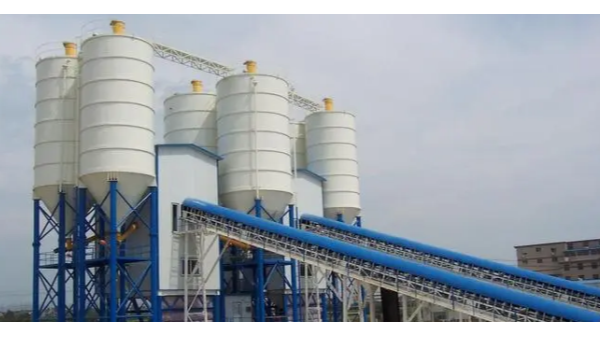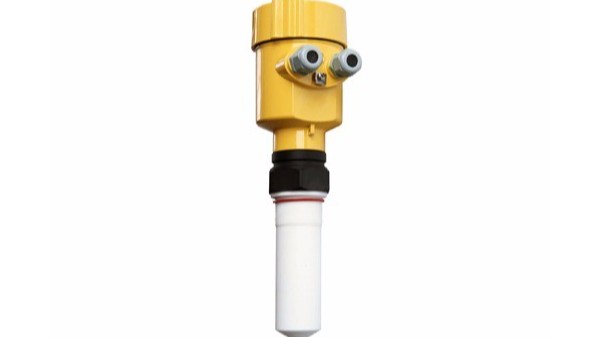Concrete is the building block in the production of building materials, and the precision of its preparation directly affects the quality of the final product. As the core link of concrete preparation, the mixing station has strict requirements for the storage and proportioning of raw materials.
In this process, accurate measurement of material level has become a key factor in ensuring production efficiency and product quality.
Today we will talk about the application of radar level meters in mixing stations in the building materials industry, analyze the material level characteristics, and demonstrate its performance in actual operations through two practical cases.

The material level characteristics of the mixing station can be summarized as three core elements: diversity, variability and accuracy. The diversity is reflected in the wide variety of materials that the mixing plant needs to handle, including cement, sand and gravel, fly ash, etc.
These materials have different physical properties and pose different challenges to measurement technology. Variability means that the volume and position of materials will continue to change during storage and use, which requires the material level meter to monitor and adapt to these changes in real time.
Finally, accuracy is a universal requirement for all measurement technologies, especially in the field of construction materials, where accurate measurement of material levels is directly related to the quality of concrete and the continuity of production.

In order to solve these challenges, radar level meters have become the preferred technology for material level measurement in mixing stations due to their advantages of high accuracy and non-contact measurement.
It measures the distance on the material surface by emitting microwave signals and receiving the reflected signals, thereby calculating the material level height. It is almost unaffected by dust, steam or high and low temperatures, and can work stably in harsh industrial environments.
The first actual case is the application in a large concrete mixing plant with an annual output of millions of cubic meters.
When the station uses traditional measurement methods, inaccurate material level readings often lead to incorrect mixing ratios, affecting concrete quality.
After the introduction of radar level meters, the accuracy of real-time monitoring of material levels has been significantly improved, and the errors have been controlled within an acceptable range, thus ensuring the consistency and reliability of concrete. The second case is in the renovation project of a medium-sized mixing station.
The station originally used mechanical level gauges, but due to high maintenance costs and high failure rates, it was decided to switch to radar level gauges.
The modified mixing station not only has more accurate material level measurement, but also greatly reduces operating costs and improves production efficiency due to the maintenance-free nature of the radar level meter.

In summary, radar level meters play a vital role in mixing stations in the building materials industry. It can not only meet the diversity, variability and accuracy requirements of material level measurement but also show excellent performance and economic benefits in practical applications.
